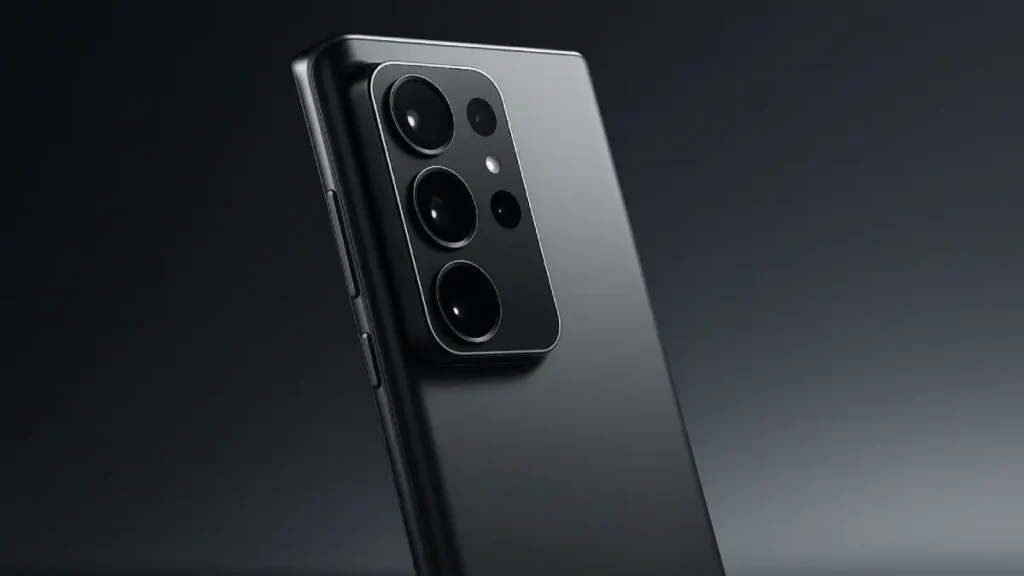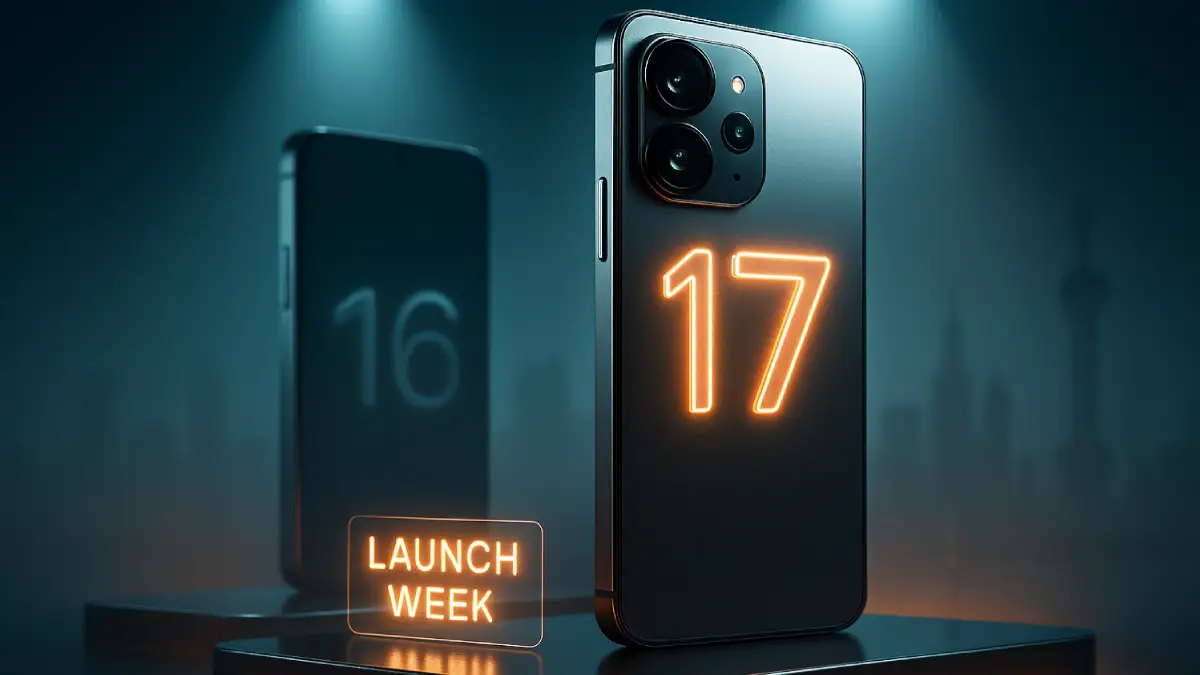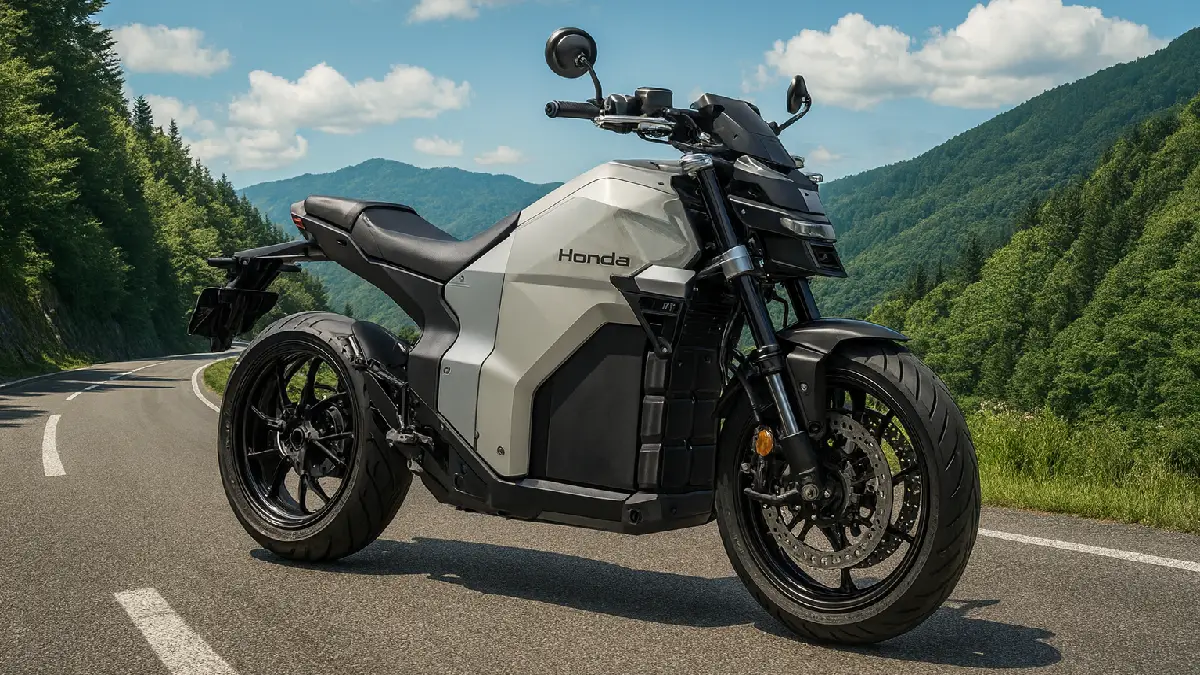The Galaxy S26 Ultra is rumored to nearly double its camera bump thickness—from roughly 2.4mm to about 4.5mm—while slimming the main chassis to approximately 7.9mm, creating a sleeker edge profile but a chunkier camera island. The thickest point may approach 12.4mm, which could increase desk wobble and case lip height, even as overall weight stays around 217g.

What’s actually changing
- A substantially thicker camera island paired with a slightly thinner mid-frame, making the device look slimmer in hand but taller at the module.
- A likely shift to a wider f/1.4 variable aperture on the main camera while keeping a similar main sensor, aiming for better low-light and bokeh control without a sensor-size jump.
- A conservative telephoto setup reportedly centered on a 50MP 1/2.52″ unit, suggesting measured rather than dramatic improvements to zoom performance.
Why thicker doesn’t always mean better
A larger bump doesn’t guarantee better photos; real gains come from sensor area, lens quality, stabilization, and computational processing working together. A wider aperture can brighten scenes and enhance subject separation, but without a larger sensor, dynamic range and deep-shadow texture may improve only incrementally. If the periscope sensor remains relatively small, night zoom and fine detail could trail rivals that invest in larger telephoto sensors.
Real-world trade-offs
- Desk stability: a taller island rocks more on flat surfaces and can feel less stable when tapping without a case.
- Case design: bigger protrusions need thicker case lips for lens protection, often canceling out the benefit of a slimmer mid-frame.
- Perceived bulk: even if the weight barely changes, the raised module can make the phone seem bulkier to the eye and fingertip.
Likely rationale: optical headroom
A chunkier module creates physical budget for variable aperture mechanics, thicker glass stacks, and future sensor upgrades without reworking the chassis every cycle. This appears to be platform engineering—securing space for an optics roadmap—rather than a single-year spec leap that outmuscles competitors on all fronts.
The upside—and limits—for image quality
Moving to f/1.4 can reduce ISO in dim scenes, improve bokeh flexibility, and enable stopping down for sharper daylight performance. Still, if core sensors stay the same, expect refinements rather than a revolution in low-light detail and highlight handling. Telephoto results may hinge on smarter computational photography—multi-frame fusion, denoising, and demosaicing—if hardware remains modest.
Design context
Bigger camera islands are trending as brands chase thinner mid-frames while accommodating more complex optics. The S26 Ultra seems to embrace this look, signaling an optics-first identity that aligns with other premium devices. Whether that silhouette translates into clear photographic leadership this cycle will depend on sensor size, lens execution, and software tuning.
What if the payoff is software?
An upgraded ISP and image pipeline can extract more from familiar sensors—cleaner night zoom, better motion capture, and improved subject segmentation. If those refinements visibly lift results, the thicker module could feel justified despite conservative sensor choices. Until official details and sample photos arrive, the most reasonable read is that the thicker bump buys flexibility now and for future upgrades, while near-term gains may be measured rather than dramatic.
Bottom line
Samsung’s latest leak points to a much thicker camera bump, a slightly slimmer body, and similar weight—resulting in sleeker edges but a more prominent module. The design likely secures headroom for optics and future-proofing, while this cycle’s rumored hardware suggests incremental improvements, particularly for telephoto. Think of the bump as infrastructure: promising for what comes next, but still awaiting proof that this year’s photos fully justify the extra protrusion.




